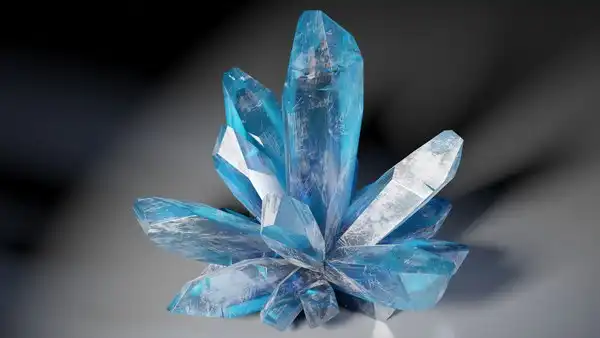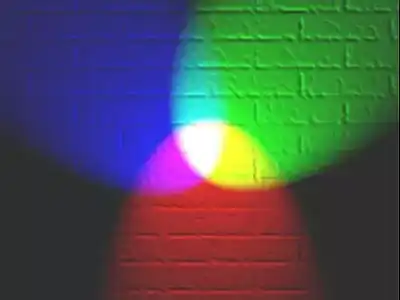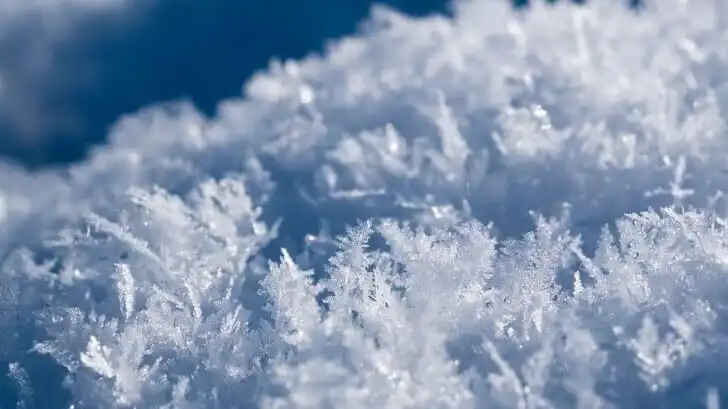Snowflakes twinkle down from the sky, covering the world in a soft blanket of white. Have you ever wondered why snow looks so white? It’s a fascinating question, and to answer it, we need to dive into a bit of science!

Firstly, let’s think about what colour really is. Everything around us gets its colour from how it reflects or absorbs light. For instance, when light shines on a red apple, the apple absorbs all the colours of light except for red, which reflects back to our eyes. That’s why we see the apple as red.

But why does snow look white when it’s made of tiny, clear, and colourless ice crystals? Well, it’s all about how light interacts with those tiny ice crystals.
Picture this: When sunlight hits a snowflake, it bounces off in all different directions. Now, remember that sunlight is made up of all the colours of the rainbow – red, orange, yellow, green, blue, indigo, and violet. When light hits the surface of the snowflake, it splits into all these colours.

Now, here comes the clever bit! The surface of the snowflake is uneven and bumpy because of the way the ice crystals stick together. This uneven surface causes the light to bounce around inside the snowflake before it eventually reflects back out. As the light bounces around inside, it gets scattered in all directions.

Imagine you’re in a room with mirrors on all the walls, and you shine a torch. The light would bounce off the mirrors and scatter all over the room. That’s a bit like what happens inside a snowflake.

But why does this make snow look white? Well, because all the colours of light are scattered equally in all directions, they mix together and blend into white light! It’s like mixing all the colours of paint together to make white.

So, when billions and billions of these tiny snowflakes cover the ground, they reflect and scatter light in all directions, making everything look white. That’s why snow appears white to our eyes!

It’s also interesting to note that snow isn’t always perfectly white. It can sometimes appear in different colours, like blue or pink. This happens when the ice crystals in the snow interact with certain particles or pollutants in the atmosphere. But most of the time, snow looks white because of the way light behaves when it hits those tiny ice crystals.

Conclusion:- Next time you’re out playing in the snow, take a moment to appreciate the science behind its beautiful white colour!
For more interesting articles, please visit www.kidzherald.com





